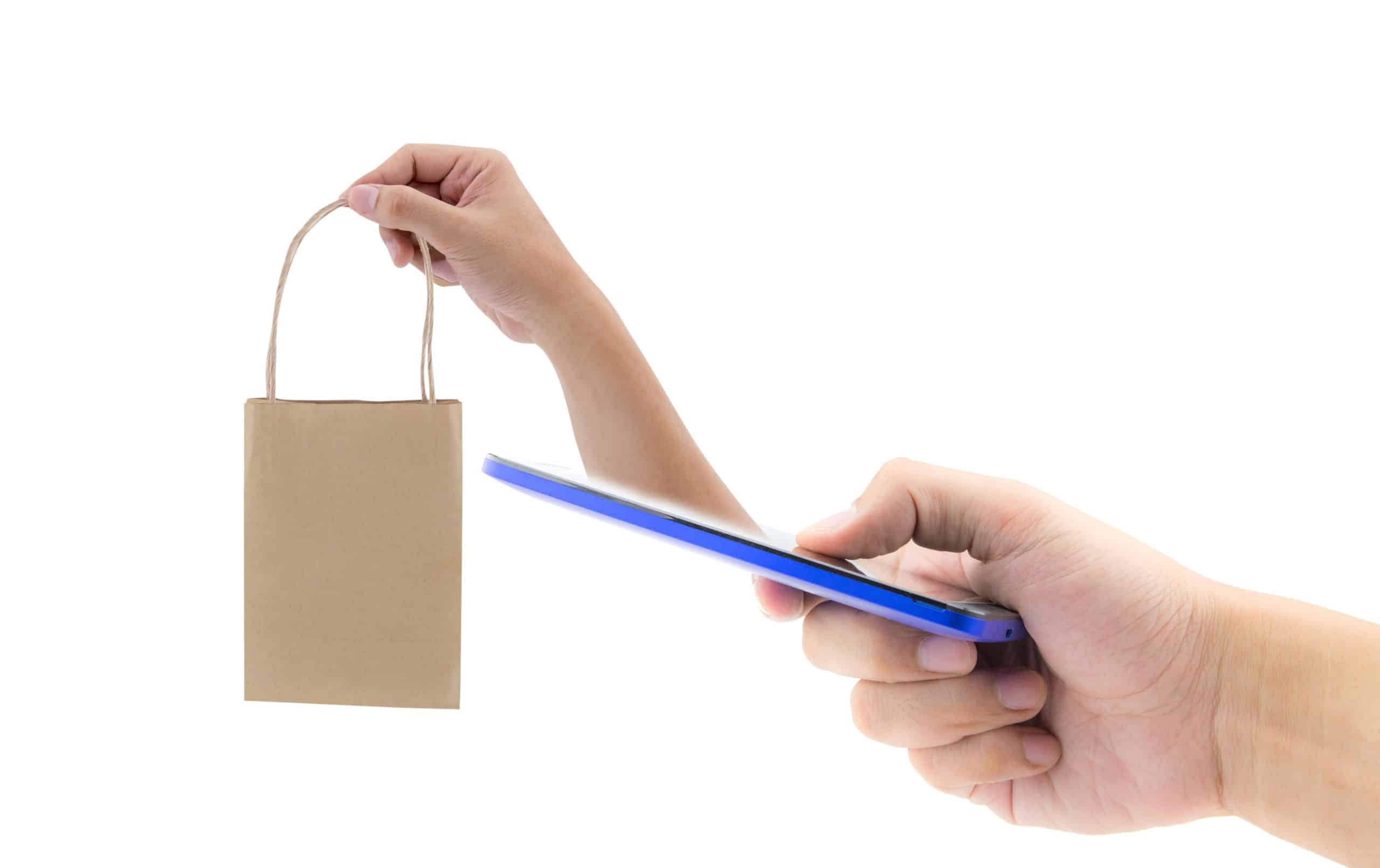In the first part of our e-commerce interview series, Xevio co-founder and CEO Nadim Kuttab gave his thoughts on the ins and outs of driving direct response sales on the open web. In this installment, we shifted our focus to discussing how to effectively use native advertising in e-commerce funnels. Read on to discover an all-too frequent landing page error, advice for accurate attribution, and Kuttab’s two biggest conversion killers.
How do you design an e-commerce funnel specifically optimized for native advertising traffic?
Native funnels are linear, so what you want to avoid is having a lot of different product alternatives or options. For example, sending people from your advertorial to your homepage, where they have 400 products to choose from, is a terrible idea. Too much choice will lead to people not knowing what to buy and, therefore, not buying directly. Use linear funnels where there’s maybe a couple of additional bundle options, but that’s it: You don’t want to give people the option of 300 different types of socks or pants or shirts, just keep it very straightforward. If anything, upsell in the checkout process, but the key is not giving them too much choice, because you’ll lose them. You want to push them through that funnel, not get them out on the sides.
In terms of designing that funnel, there are a lot of good examples. I would look at what you see on the internet, see how they’re structuring it — I would never copy content, but look at the format of how they’re running: What is the messaging in the ad, what is the structure of the content pages, how are their checkout pages built, how are their bundles structured? Those are things you can look at, learn from, and apply to your own setting.
I should stress, if you copy their actual content, you’re never going to be able to compete with the original content owners, you’ll always be below them on the feed and therefore have substantially worse performance. I always say ripping off content is like, RIP — you’re just going to lose in the game.
What are the essential components of a high-converting landing page for e-commerce products on the open web?
I’m going to define a landing page in this context as an advertorial — the content piece between an ad and the product page. We have a ton of information on this in our native hub, which I highly recommend people look at!
Get your free trial with Native Hub
In terms of the essential components of a landing page, I always say, give them context. Why are they here? Why is it relevant for them? Introduce the problem and explain why it’s relevant to the user, and what the user can do about that problem. Then, introduce a product that solves that problem before pushing them to action with testimonials and FOMO.
That’s the standard funnel of every single landing page out there, whether it’s 300 words or whether it’s 30,000 — there’s a huge span there, but in essence, they’re all structured like that. Capture the attention, capture the interest, take that interest, bring it towards a solution, and then sell a solution to their problem.
What’s the optimal balance between educational content and direct product promotion within an e-commerce native funnel?
You need to start with education and then move towards promotion. If you have an ad that says “buy these shoes,” you’re directly selling, you’re not educating. You can be relatively salesy in your content, but you’re going to pay a lot for that click on the ad level, and probably not going to be able to scale it as much, because your CTR is piss poor. Most of the really good Taboola native campaigns don’t sell in the initial stages. They might present a problem, or a theory — there’s a lot of people that want to save money on something, or who want to feel better about a problem, so you use that in your ads to capture the relevant audiences.
Think of your ad as being like a net. If you have a super broad ad — imagine an ad that says, “Everybody who clicks here gets $100.” That isn’t setting a filter, everybody wants $100! You’re just going to get a bunch of people on your ad who want a hundred bucks for clicking, which obviously you’re not going to give them. Because it’s misleading, a lot of people are going to jump off. On the other hand, if you have an ad that says, “Are you 38 years old and born in Atlanta? Click here,” it’s too specific — you’re never going to get anywhere because it resonates with too few people.
You have to find the middle ground. If I have a product for back pain, for example, I would have my first paragraphs be about how many people suffer from back pain, why it’s so annoying, and how it can really inhibit living a happy and healthy life. Then I’d introduce a solution that’s easier and cheaper than most people think and therefore you should check it out here, etc. That would be the structure, where most of the pages are educating instead of selling.
How can advertisers leverage Realize’s flexible creative formats to enhance their e-commerce funnels?
Realize is relatively fresh, so I don’t think we’ve fully cracked everything that can be done with Realize’s new ad formats, yet! But, what we have noticed is that creating campaigns in four specific formats and targeting these different pockets of traffic individually can be incredibly effective. Then, we’re just playing around with different ideas for each type of format until we find something that works. I recommend everyone try it! If you have a general campaign that performs, break it out into, say, email, in-app, display — try these different pockets of traffic that will perform differently and try to crack an approach, especially on the ad level.
Realize supports a wide range of ad formats, including native, display, vertical, and carousel ads, empowering advertisers to achieve their objectives with creative flexibility.
What are common conversion killers in e-commerce native funnels, and how can they be avoided?
First off, treating it like Facebook. It’s not Facebook! You do not have an algorithm that will find you pockets of people to run, just remember that — you have a bidding mechanism that will limit your costs and try to be efficient in finding you clicks, but you don’t have the ability to essentially microtarget people with an algorithm.
Secondly, as I said, giving people too many options. I’ve seen so many brands fail, especially in e-commerce, because they’re sending people to the homepage. It’s depressing because it’s so avoidable. Choose a product, choose a niche, choose a bundle, then focus on that bundle. Yeah, you can cross-sell them later via email, that’s fine, but just get them to buy something first so you can scale and spend your money profitably on Taboola.
Those are the two biggest pitfalls. There are so many small things that you can do wrong, but they normally don’t have as big of an impact. To go back to the Facebook point, I’ve seen people come from Meta and just expect to see success because they were successful on Meta, but the truth is that I’ve seen brands fail because they didn’t look at Taboola as its own traffic source, instead seeing it simply as an extension of what they were doing on other other social channels. That’s a great way to lose a bunch of money on learning nothing, because you’re not testing, and you’re not using the product correctly.
How do you ensure seamless tracking and attribution across the entire e-commerce funnel on the open web?
You need to have a tracker, period. Choose a model, stick with that model and make sure that you’re using it across your entire business. Otherwise, you’ll be double counting. If you only use the conversions in the individual traffic sources — say, if you look at Meta and Google and Taboola independently — you’re going to have a lot more conversions than you actually have sales. You need to have a system in place that allocates revenue to spend. I’m not here to tell you what the best system for that is, because it really depends on the use case, but we’ve seen a lot of success with Triple Whale, and are relatively happy there.



